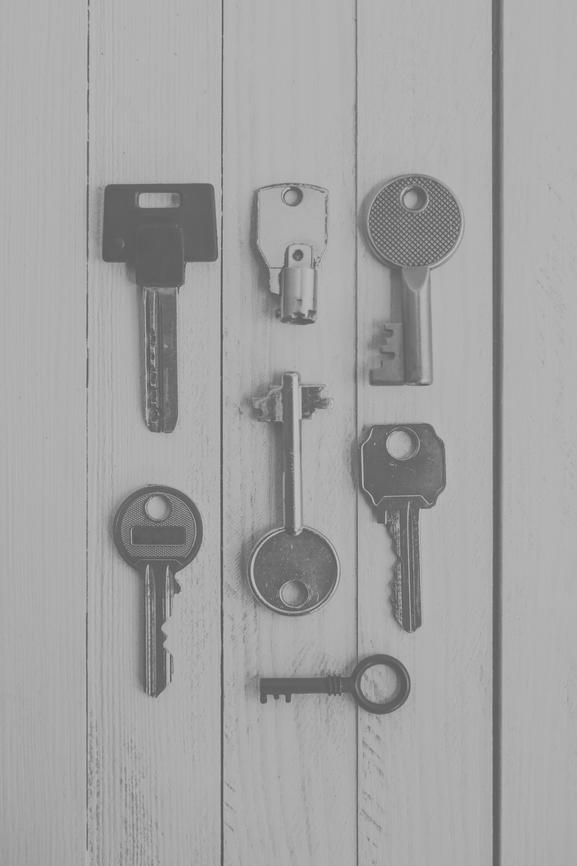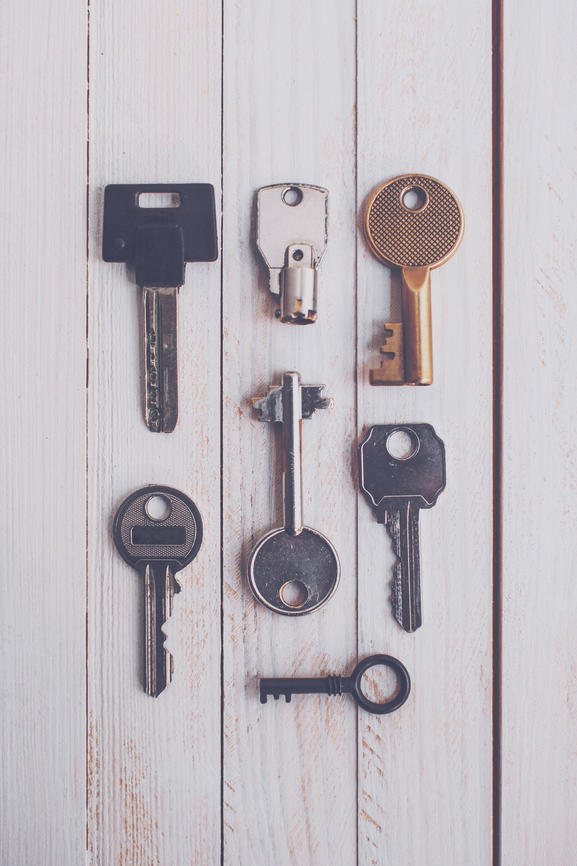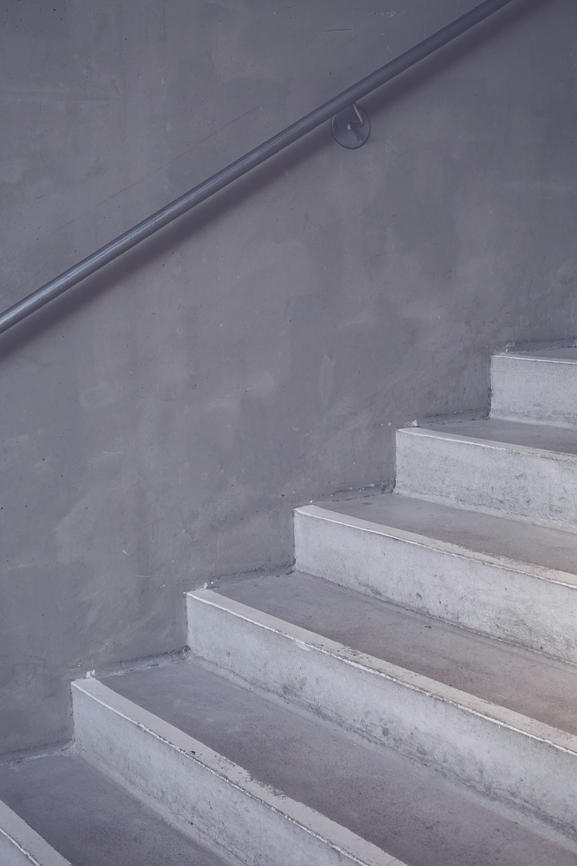This article first appeared on Forbes.com
As we celebrate Black History Month, we can take pride in the progress we’ve made while also acknowledging how far we have to go. One troubling sign of the work we have to do can be seen in a wealth gap between black Americans and white Americans that persists and even seems to be widening. It’s a sobering reminder of how far we are from true equality.
I have always known that this gap (or “chasm” as one author described it) existed, but I didn’t realize how large it was until I started researching this piece. The facts and figures truly frightened me. Today, I hope to raise awareness of this problem and suggest some practical steps to help resolve the issue.
The wealth gap
The wealth gap measures the difference between the median wealth of blacks versus the median wealth of whites. Almost all studies calculate wealth by adding up total assets (e.g., cash, retirement accounts, home, etc.) then subtracting liabilities (e.g., credit card debt, student loans, mortgage, etc.) The resulting figure is your net worth.
As I’ve argued before, net worth is probably the most important measure of overall financial health. It matters more than income, because high earnings, unfortunately, don’t always translate into financial security. I experienced this often in representation of taxpayers before the IRS, several of whom had $300,000+ a year in income but over $500,000 of tax debt. While the income gap provides as huge hurdle to equality, the wealth gap presents a mountain.
Here are some of the statistics:
- According to the New York Times, for every $100 in white family wealth, black families hold just $5.04.
- The Economic Policy Institute found that more than one in four black households have zero or negative net worth, compared to less than one in ten white families without wealth.
- The Institute for Policy Studies recent report The Road to Zero Wealth: How the Racial Divide is Hollowing Out the America’s Middle Class (RZW) showed that between 1983 and 2013, the wealth of the median black household declined 75 percent (from $6,800 to $1,700), and the median Latino household declined 50 percent (from $4,000 to $2,000). At the same time, wealth for the median white household increased 14 percent from $102,000 to $116,800.
You might think that that the economic outlook for the black community and other people of color has gotten better lately, given our President touting black unemployment is as low as it’s ever been. Yet RZW shows that far from getting better, the total economic picture for black people is still deteriorating. In fact, by 2020 (just two years away) black and Latino households are projected to lose even more wealth: 18 percent for the former, 12 percent for the latter. After those declines, the median white household will own 86 times more wealth than its black counterpart, and 68 times more wealth than its Latino one.
If this trend continues, the median black household wealth will hit zero by 2053.
How did this happen?
The term “systemic racism” ruffles a lot of feathers. It often triggers emotional arguments about how people feel about racism and its effects. Yet concrete data over long periods of time shows very clearly that systemic racism exists.
Blacks were historically prevented from building wealth by slavery and Jim Crow Laws (laws that enforced segregation in the south until the Civil Rights act of 1964). Government policies including The Homestead Act, The Chinese Exclusion Act and even the Social Security Act, were often designed to exclude people of color.
For example, in the 1930s, as part of the New Deal, the Federal Housing Administration (FHA) created loan programs to help make home ownership accessible to more Americans. The Government created color-coded maps — green for good neighborhoods and red for bad neighborhoods — to determine who got those loans. Spoiler alert: many neighborhoods were designated as red because blacks and other people of color lived in them. This process, known as redlining, systematically prevented them from not only getting home loans but also encouraged developers in green areas to explicitly discriminate against non-whites. This often led households of color into wealth stripping “land contracts,” where they paid exorbitant prices for homes that they could lose very easily.
These polices resulted in 98% of home loans going to white families, from 1934 to 1962. Not only did the ability to purchase homes give whites the ability to accrue wealth, it also attracted new businesses to those neighborhoods, which increased property values and allowed those homeowners access to other wealth building vehicles like going to college. As a result, wealth in the white communities compounded and passed to future generations.
Even after these policies were eliminated, the lack of wealth still prevented minorities from moving up to the green neighborhoods and kept the communities separated by race. Additionally, certain structures like a racially skewed criminal justice system and the tax code favoring the rich continue to contribute to this divide. The compounding effects of these types of laws have led to the wealth chasm that now exists. Even now, these effects are felt between otherwise similar families of different races. According to the Economic Policy Institute, the typical black family with a graduate or professional degree lagged its white counterpart in wealth by more than $200,000.
What can we do?
Racial wealth inequality is a huge problem that not only affect communities of color but also will have a lasting impact on our country as a whole. Some 70% of our economic growth comes from consumer spending. As black and Latino households grow to become the majority of the population, their inability to spend due to the lack of wealth and paying down debt will slow economic growth. We owe it to ourselves and future generations to start correcting this problem now.
So what do we do about it? Here are a couple of solutions.
Spread the word
First and foremost, we need to spread the word. As pointed out in the New York Times, despite these staggering figures, we tend to forget or dismiss the research. Do your part to spread the word about this gap and help build the collective consciousness of the problem. Now is the time to be vigilant and understand we have a lot of work to do.
To keep yourself informed, I strongly encourage you to read the entire RZW study. The mind-blowing research helps put in to perspective the severity of the situation and how the racial divide will have a continuing negative impact our economy.
Support policies to end discrimination and engender parity
We got into this mess largely because government policies encouraged wealth building for white Americans to the detriment of black Americans and other communities of color. To fix it, we’ll need policies that will help close the gap. RZW points out that no one initiative will do. The response needs to be wide spread including a racial wealth divide audit, improved data collection and tax reform. The study highlights many specific polices that we can institute and their individual impact. While we as individuals don’t make policy, we elect the legislators who do. So we should use our collective voices to support and elect those people, especially people of color, that can put this type of policy policy reform in place.
Financial Education
The wealth divide isn’t due to individual behaviors. However, because of the wealth insecurity, it’s more important than ever that households of color make smart decisions with their money. So we need to start stripping away the taboos around talking about money and promote education for issues that particularly affect people of color. That will involve making the financial industry more accessible to people of color and creating programs like the Dead Day Job Army that support their specific needs.
I hope this post inspires you to take action now. This research has revolutionized the way I’ve understood the wealth divide and what I can do to help correct it. I would love to hear your ides, reactions and takeaways. Contact me on the links above.




